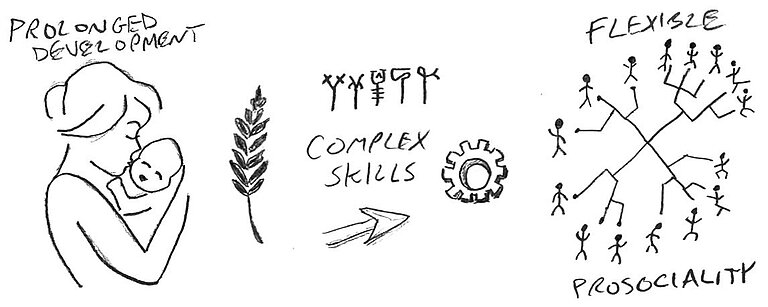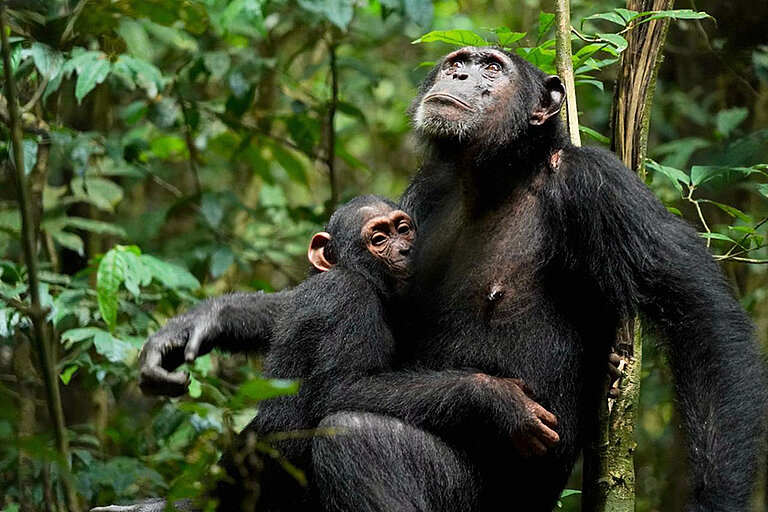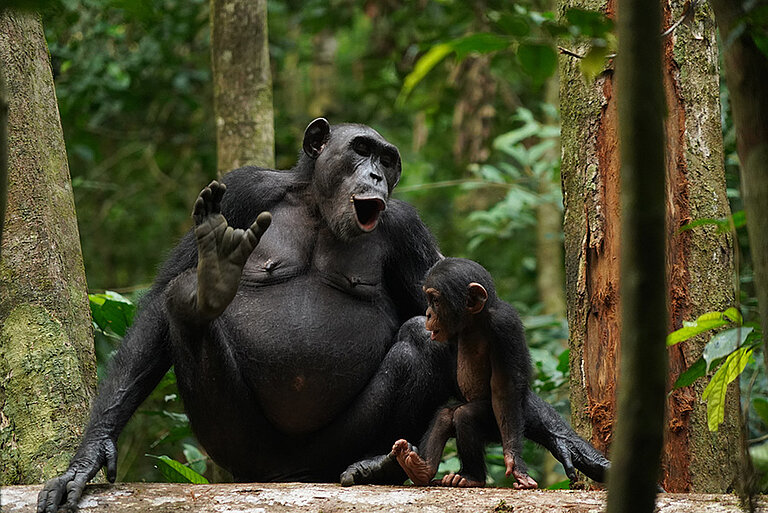
Abteilung für Verhaltensökologie
Director: Prof. Richard McElreath, Ph.D.
The Department of Human Behavior, Ecology and Culture investigates the role of culture in human evolution and adaptation. The primary goal is to theorize, design, and conduct longitudinal studies of human adaptation and cultural dynamics in ecological context. By integrating cross-cultural fieldwork with mathematical models and advanced quantitative methods, we hope to contribute to the interdisciplinary study of human evolution and human social dynamics.
Please see the Projects and Fieldwork links on the right for much more information.



